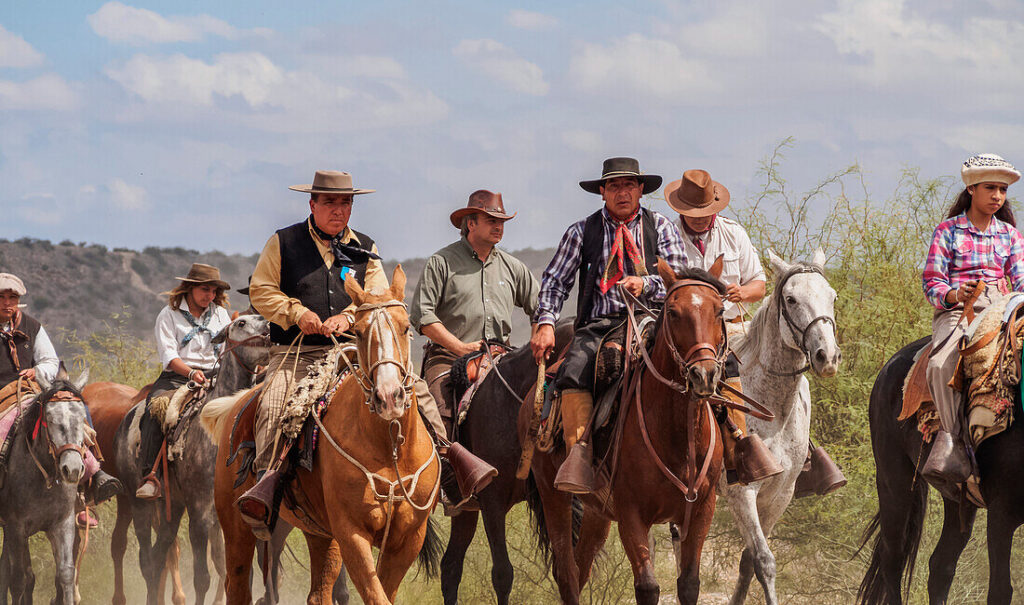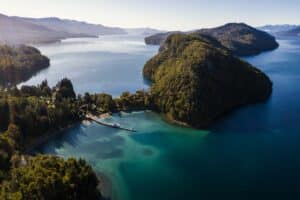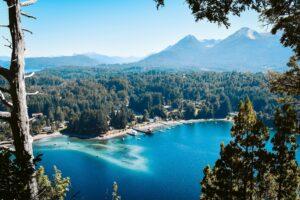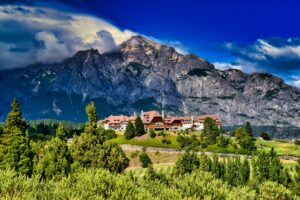Discover the Charm of Bariloche: A Comprehensive Guide
Bariloche, nestled in the heart of Argentina’s Patagonia region, is a gem that captivates every traveler with its breathtaking landscapes and rich cultural tapestry. Known as the “Little Switzerland” of South America, Bariloche offers a blend of alpine architecture, pristine lakes, and lush forests, making it a must-visit destination. Let’s delve into the essence of Bariloche, exploring its activities, transportation, safety, weather, dining scene, airport, and traditional cuisine.
What to Do in Bariloche
Bariloche is a paradise for outdoor enthusiasts and culture lovers alike. Whether you’re hiking through the scenic trails of Nahuel Huapi National Park or taking a chairlift ride to the summit of Cerro Campanario for panoramic views, there’s no shortage of adventures. The park, a UNESCO Biosphere Reserve, offers diverse flora and fauna, while Cerro Campanario provides a bird’s-eye view of the stunning Nahuel Huapi Lake.
For a unique experience, visit the Museum of Patagonia, which offers insights into the region’s history and indigenous cultures. Strolling through the picturesque Civic Center and the popular Gonzalez Catán Avenue is a must, with its charming shops and cafes.
Getting Around Bariloche: Transportation Options
Navigating Bariloche is straightforward, with several transportation options available:
| Transportation Method | Pros | Cons |
| Rental Car | Flexibility and convenience | Higher costs |
| Public Bus | Affordable | Limited routes and schedules |
| Bike Rentals | Eco-friendly and cost-effective | Limited availability in winter |
| Taxis | Door-to-door service | Higher fares |
Renting a car offers the most flexibility, especially for exploring surrounding areas. Public buses are economical but may require planning. Biking is ideal for short distances, while taxis provide convenience at a higher cost.
Safety in Bariloche
Bariloche is generally safe, but as with any destination, it’s wise to take precautions. Be mindful of belongings in crowded areas and avoid walking alone in isolated spots at night. The city’s low crime rate makes it a secure destination for travelers.
Weather in Bariloche
Bariloche experiences a temperate climate, with four distinct seasons. Summer (December to February) is ideal for hiking and outdoor activities, while winter (June to September) attracts skiers to resorts like Cerro Catedral. Spring and autumn offer mild temperatures, perfect for sightseeing.
Traditional Patagonian Cuisine
Patagonian cuisine is hearty and flavorful, reflecting the region’s rugged landscape. Here’s a comparison of traditional dishes:
| Dish | Description | Main Ingredients |
| Cordero al Palo | Slow-roasted lamb on a stake, tender and juicy. | Lamb, garlic, rosemary |
| Trucha a la Parrilla | Grilled trout, often served with local herbs. | Trout, butter, herbs |
| Choripán | Grilled sausage sandwich, a street food favorite. | Sausage, bread, chimichurri |
| Dulce de Leche | Sweet caramel-like spread, used in pastries and desserts. | Milk, sugar |
| Bariloche Chocolate | Rich, creamy chocolate, a local specialty. | Chocolate, milk |
These dishes offer a taste of Patagonia’s rich culinary heritage, making your dining experience unforgettable.
Bariloche Airport: Travel Information
The Bariloche Airport (BRC) is well-connected, with flights from major Argentine cities. Located 13 km from the city center, transportation options include taxis, buses, and car rentals. Planning ahead ensures smooth arrival and departure.
Conclusion
Bariloche is a destination that seamlessly blends adventure, culture, and natural beauty. From its outdoor activities to its culinary delights, there’s something for every traveler. Whether you’re hiking through national parks or savoring local cuisine, Bariloche promises an unforgettable experience. Start planning your trip today and let the charm of Bariloche captivate you!






